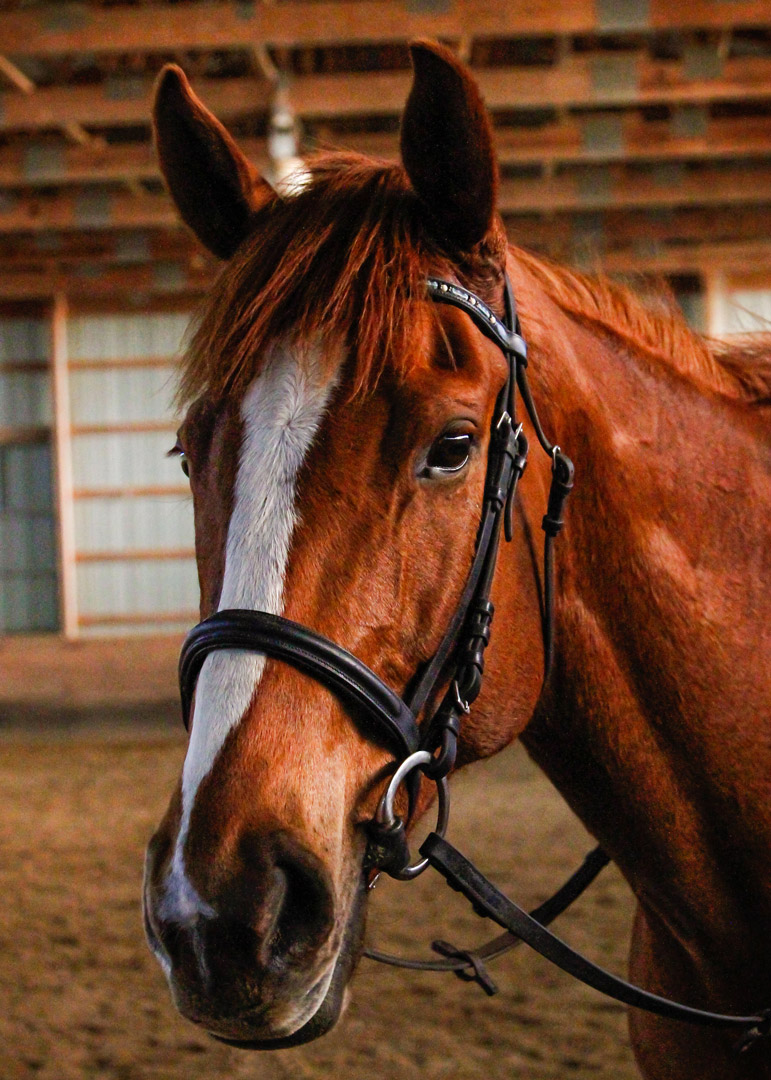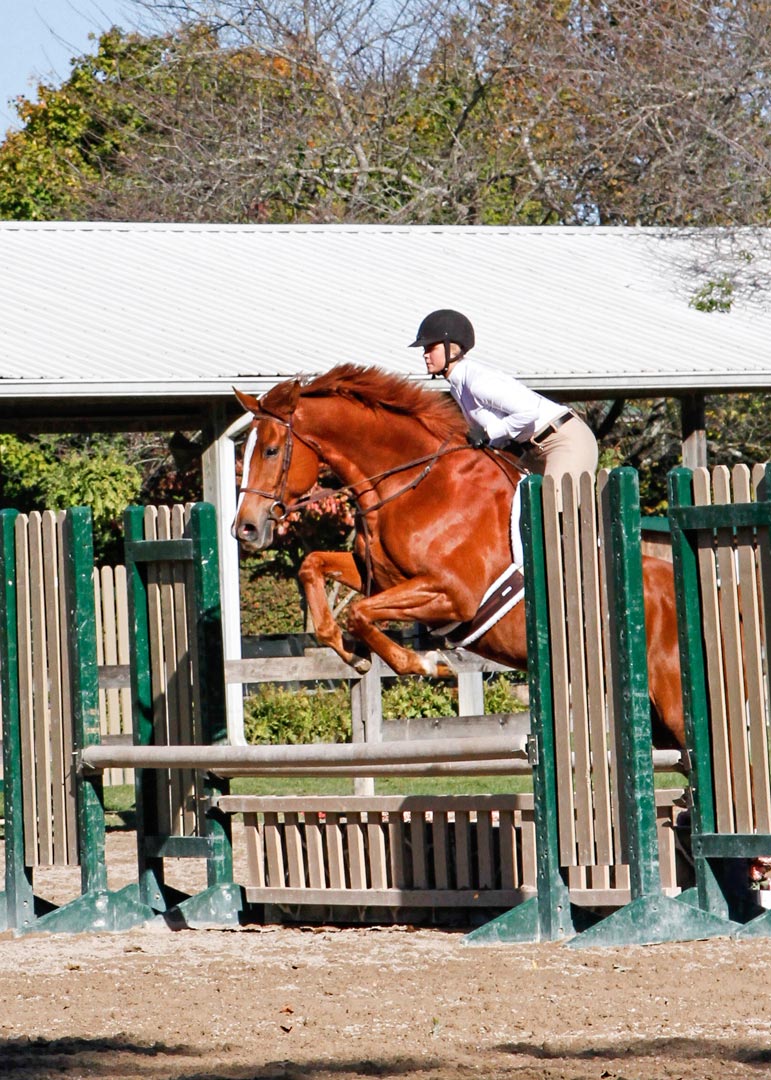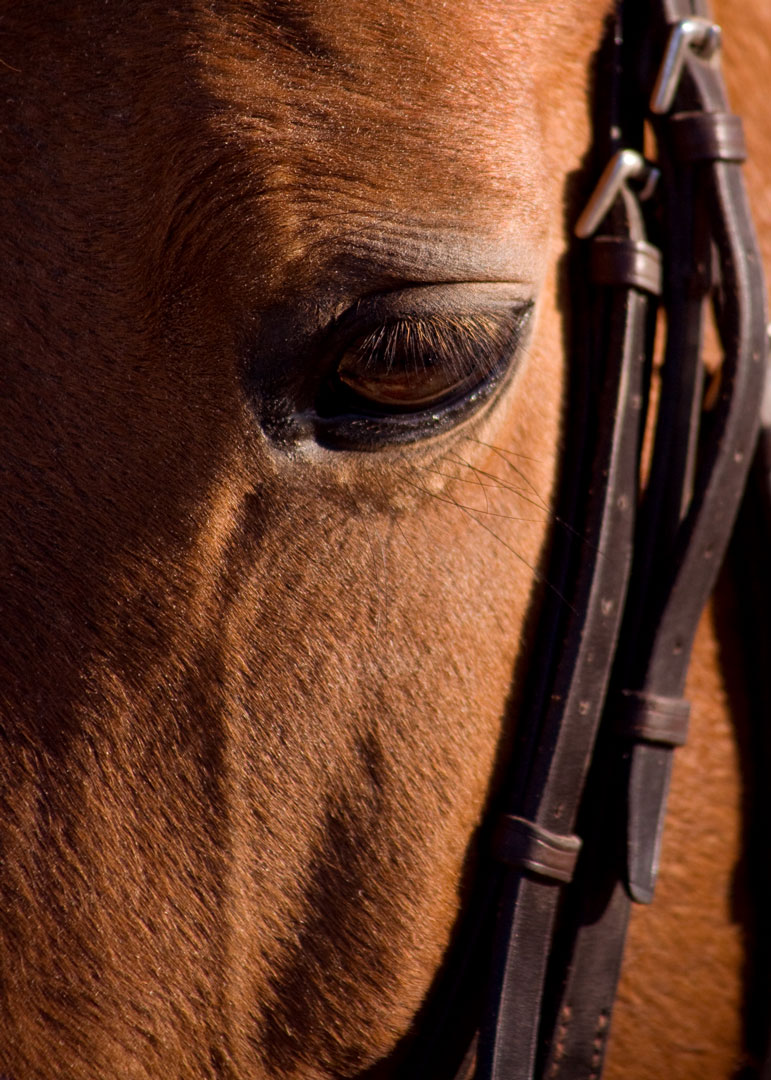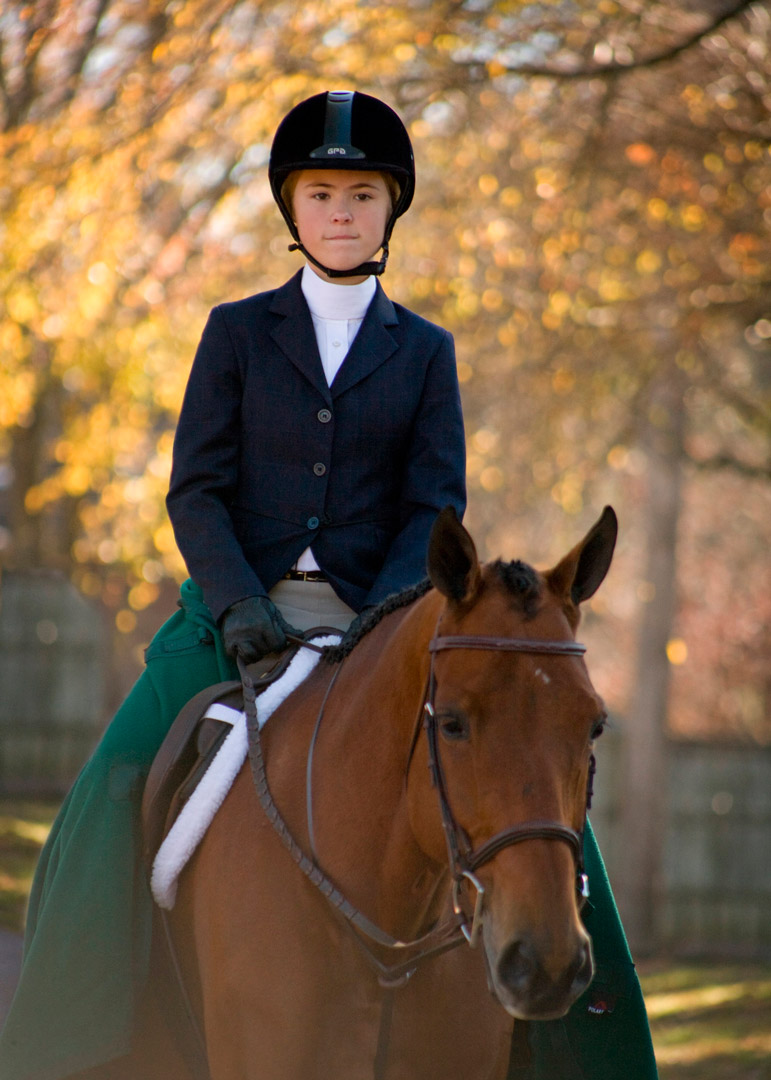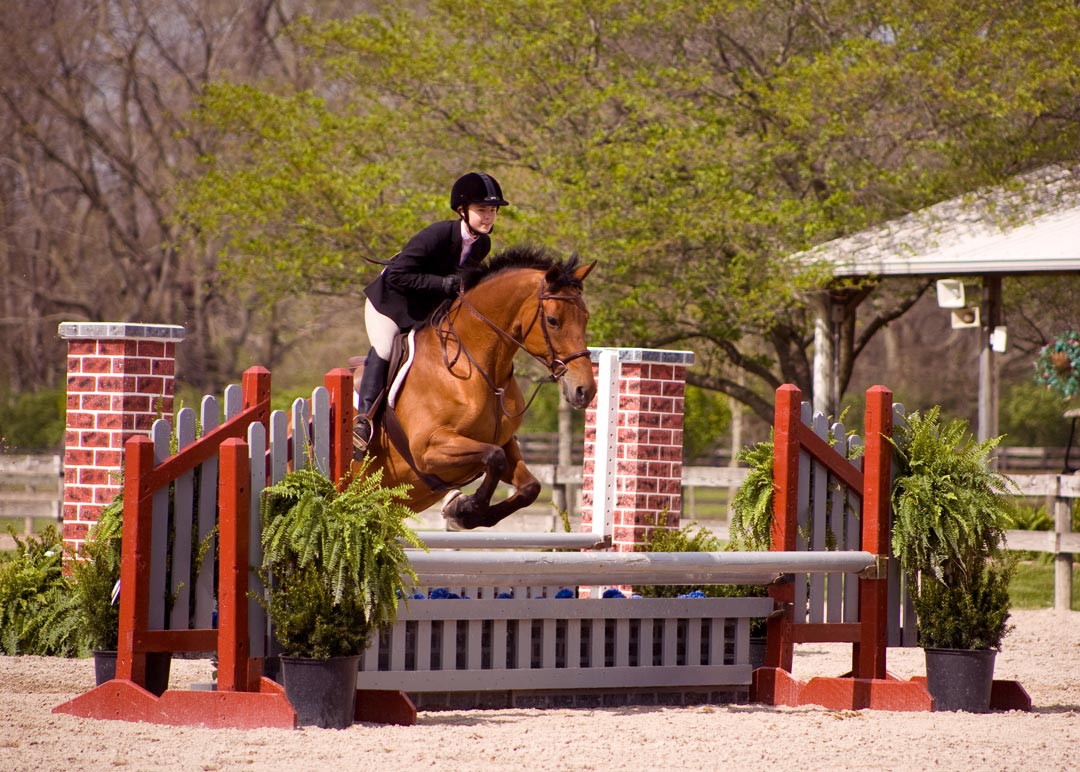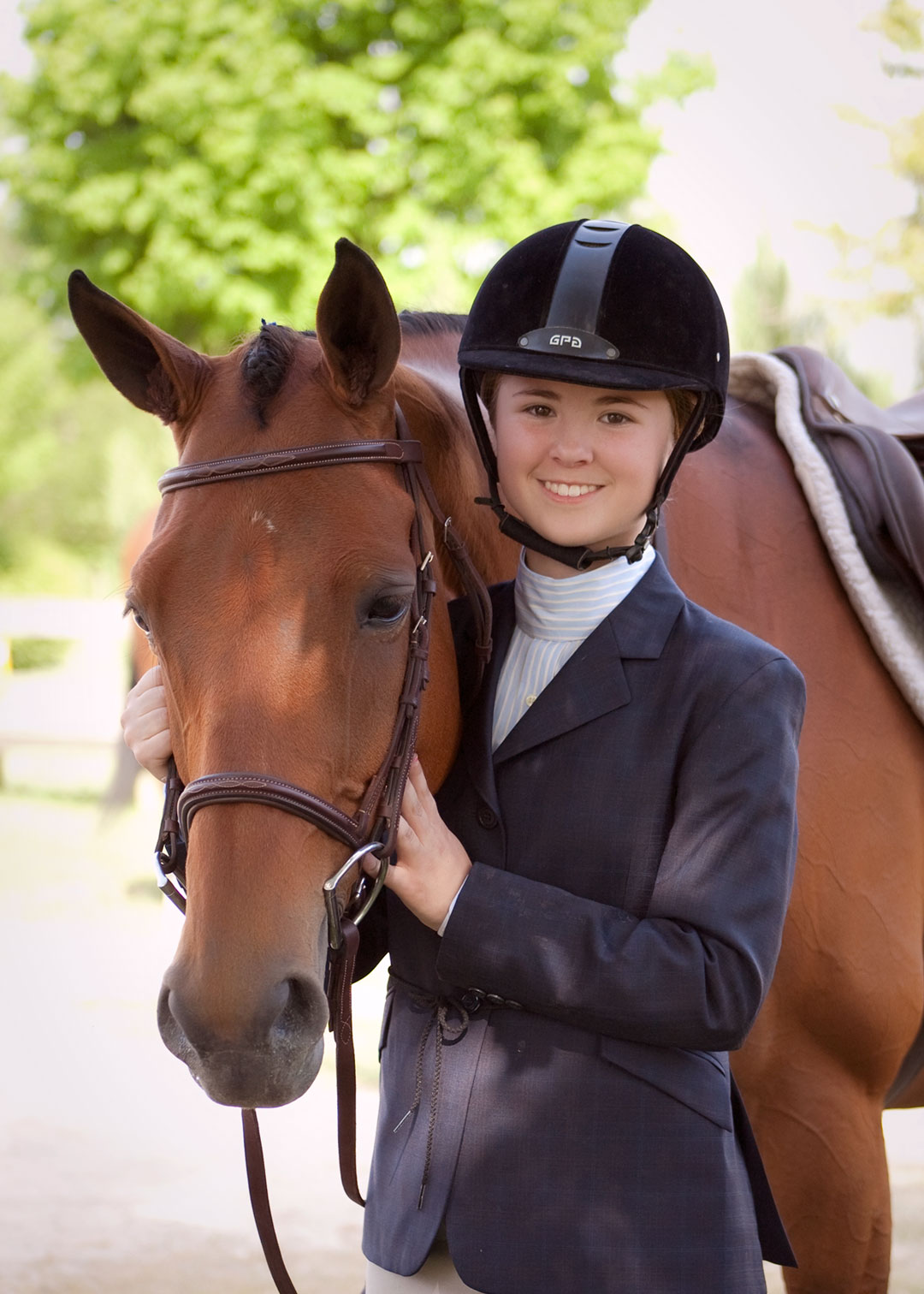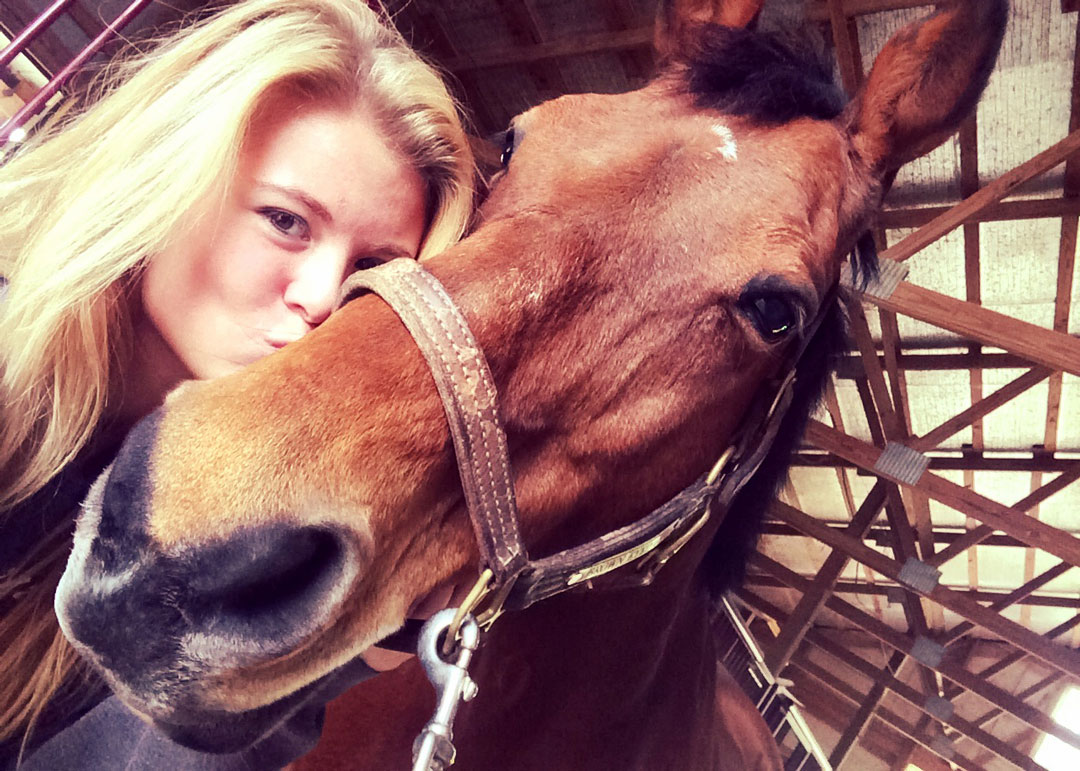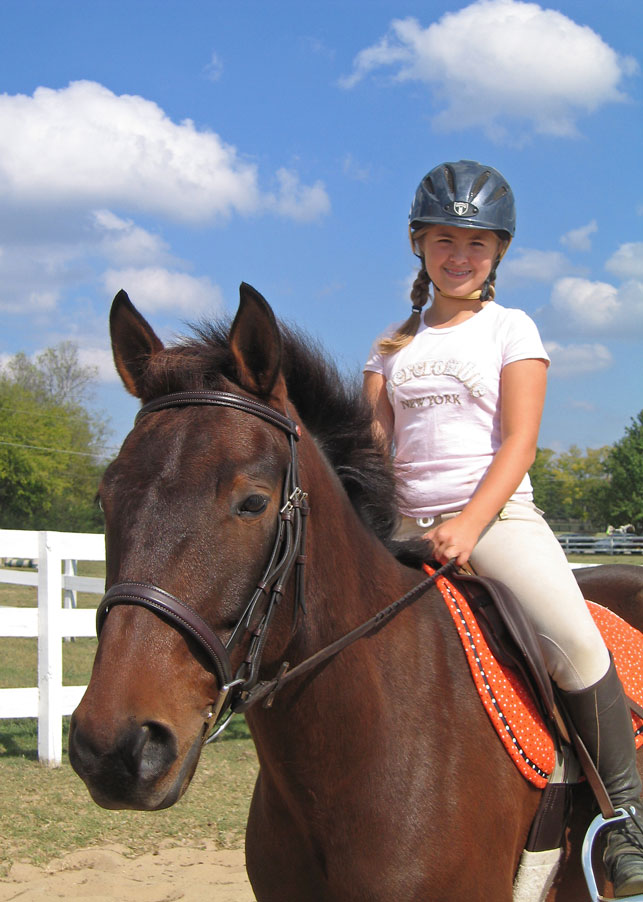

I have been obsessed with horses since I was old enough to hold a picture book. I never wanted baby dolls or wanted to dress up like a princess, give me toy horses and barns any day. I started riding when I was eight and can honestly say that working with horses has made me who I am. I have been blessed to own and show horses and hope that I will be riding until die.
But what annoys me to no end is that people make comments like: “riding a horse isn’t a sport,” “all you do is sit there,” or “the horse does all the work.”
If you have ever participated in equestrian sports, you know how physically demanding and mentally challenging it is. Anyone who has been on a horse (other than a trail ride moseying through the woods on the most laidback of horses) knows that riding an animal that is 1,300 pounds of pure muscle which has a mind of its own can be challenging at best and terrifying at worst. Riding a horse requires the athlete to perform their skills and movements while astride a moving animal. While the rider has to control her own body, she must simultaneously direct the movements of her horse.
Equestrians are athletes, just like football players, golfers, or gymnast. Instead of a ball, golf club, or balance beam, the equestrian’s “equipment” is the horse. A big difference though is that a golf club isn’t going to buck you off ten feet in the air and into a fence. The balance beam doesn’t decide out of nowhere to take off at 25 miles per hour. The football isn’t going to get tired or frustrated and decide to throw you head first into an oxer.
Skilled riders make riding look easy, and can appear to be motionless in the saddle. They communicate with the horse by using subtle movements of their entire bodies. Equestrians direct the horse using every muscle of their bodies, for example: their hands speak to the horse’s mouth through the reins and bit, their knees and calves communicate to the horse how to control its body or how fast to move, the rider uses their core strength to balance themselves and the horse, and much much more. A horse knows if a rider looks down or in a different direction. A horse can feel a tiny fly on its back. Any movement too much or slightly off confuses the horse. All of this is done every second while riding.
In tennis the wind may interfere with the direction of the ball, in equestrian sports, the wind can blow a flag or a swinging basket of flowers spooking the horse. The rider must make split-second adjustments and confidently control the horse, so he knows the flowers are not a predator about to attack and that he is okay to jump the fence. In other sports, if the equipment breaks it’s quickly replaced. A hockey player breaks his stick and within seconds can have a new one. Horses can be hurt, tired, too hot, too cold, stressed and behave completely different. A tired hot horse will require the athlete to push him on. A horse can be “lame” for a million reasons causing the rider to forfeit the event and pray your teammate will be ok. Communicating with a horse requires the ultimate use of hand-eye coordination. The bond between the animal and the rider is unmatched. Becoming a skilled rider takes countless hours of hard work. The equestrian not only has to have excellent fitness and a strong mind, but also has to ensure her partner is fit, healthy, and most importantly happy.
There is no aspect of riding a horse that doesn’t meet or exceed the definition of any other sport. Equestrians are some of the most amazing athletes I have known. They have to be confident in themselves and encourage and foster their horse’s confidence so that they will perform at their best.



